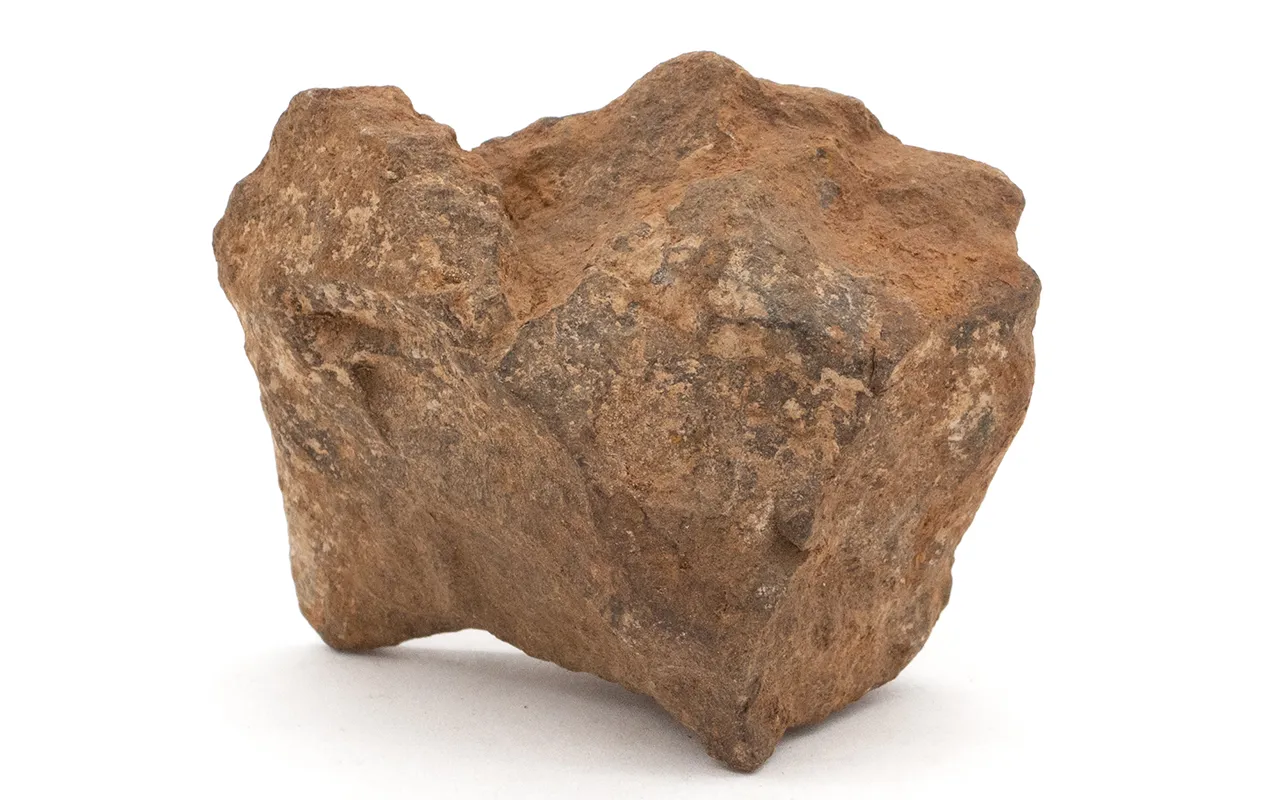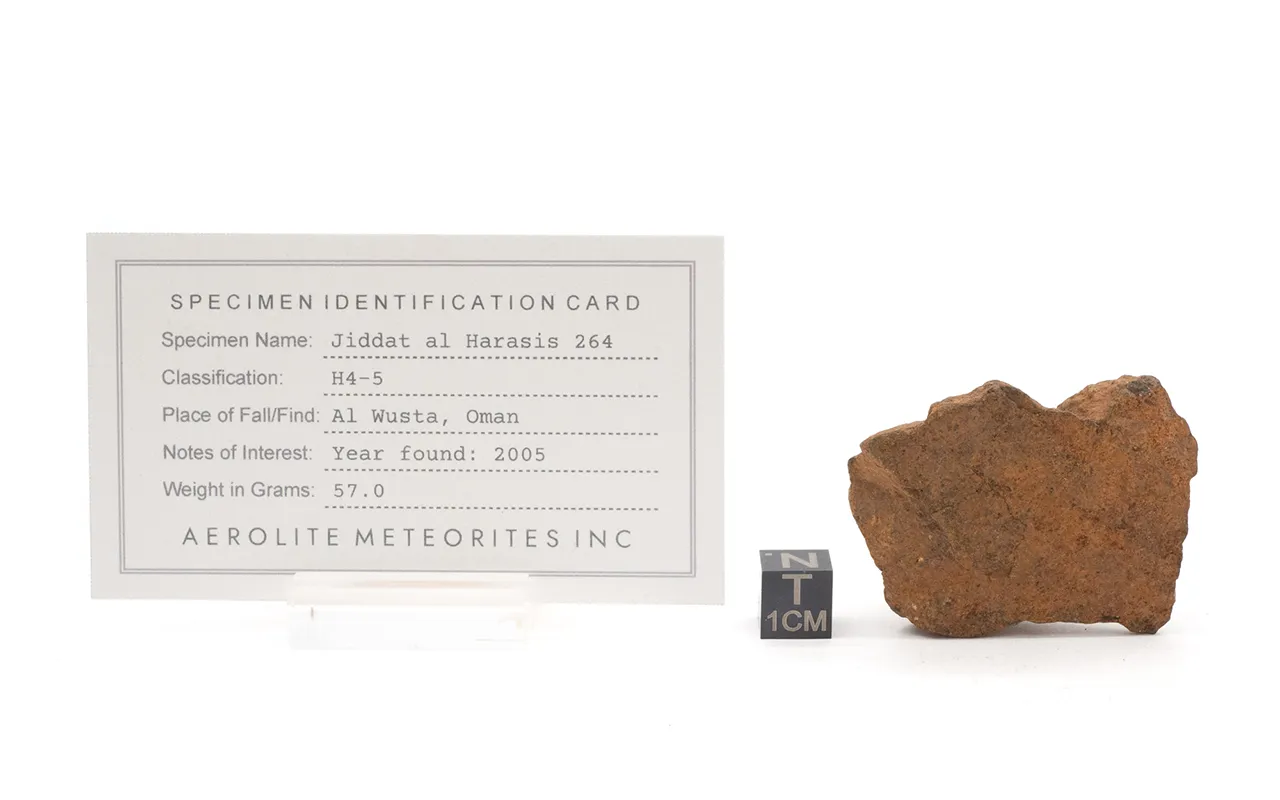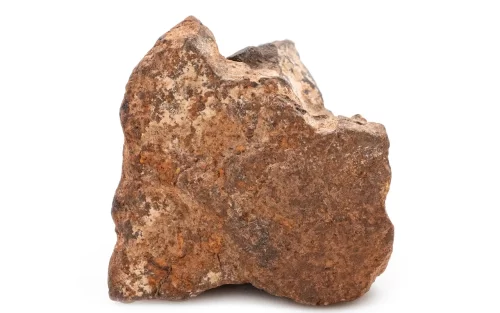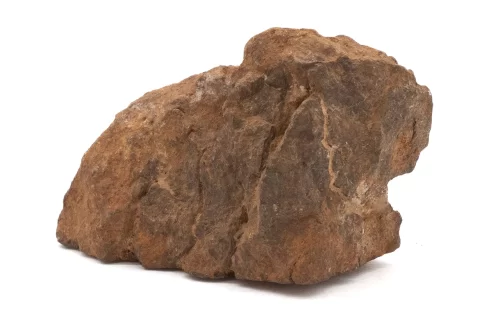Description
Jiddat al Harasis 264 is named after the desert where it was found in Oman. The desert is the largest strewn field of meteorites in the country and home to many endangered species, including the Arabian oryx and the Arabian gazelle.
Classified as a stone H4-5, JaH 264 comes from the high-iron chemical group of ordinary chondrites and contains abundant chondrules. Science indicates that the H chondrite parent body could be asteroid 6 Hebe, the fifth-brightest object in the asteroid belt. Discovered by Karl Ludwig Hencke, Hebe was named after the Greek goddess of youth.




Reviews
There are no reviews yet.